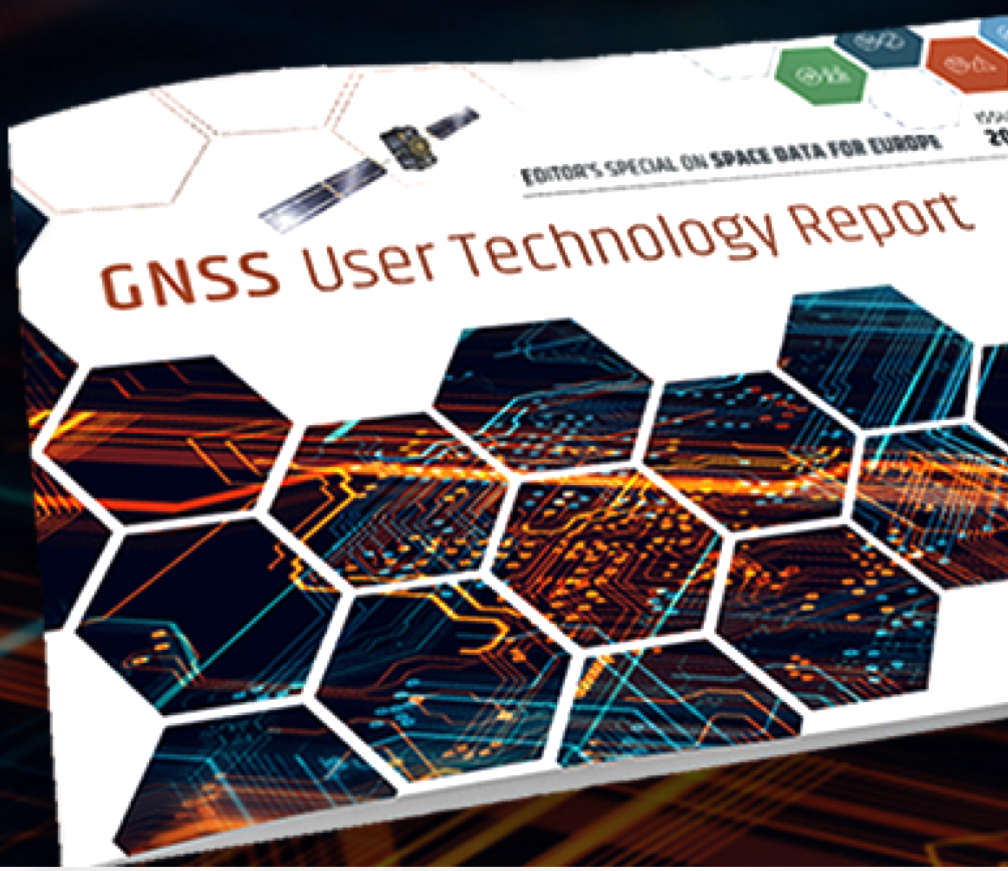
With four Global Navigation Satellite Systems (GNSS) available and more than 100 satellites in operation broadcasting multiple frequencies, the GNSS industry is witnessing a shift towards the wide adoption of multifrequency receivers across market segments to meet the diverging user needs of emerging applications.
The European GNSS Agency (GSA) has just released its latest GNSS User Technology Report, providing a comprehensive analysis of latest GNSS trends and developments. With contributions from leading GNSS receiver and chipset manufacturers, the report serves as a valuable tool to support planning and decision-making with regards to developing, purchasing and using GNSS technology. Published biennially since 2016, the User Technology Report has become a point of reference for the GNSS industry, research and policy-makers.
The third edition of the report begins with a chapter devoted to technology trends common to all segments, be it on the receiver design, position processing or signal processing side. It also discusses protection measures against GNSS jamming and spoofing, such as authentication, including what – in combination with GNSS – 5G and other technologies and sensors can do. With multi-constellation now being the norm, the industry is moving towards the wide adoption of multifrequency receivers even for usually power- and cost-constrained consumer solutions. The Galileo E5 is becoming the preferred frequency with about 20% of all receiver models in the market already using it.
The report is built around four macro-segments defined on the basis of commonalities from a technology point of view: high volume, safety- and liability-critical, high-accuracy, and, new-entry in this edition, timing devices and solutions. Each chapter starts with the macrosegment characteristics and receiver capabilities, depicts the industry landscape and typical receiver form factor, it then delves into the key current and future drivers and trends, and finishes with the added value of the EGNSS, Galileo and EGNOS, for the macrosegment at stake.
This year Editor’s special “Space Data for Europe” sheds light on the role that Copernicus and Galileo play within the European Space Program in the data management and use, now and in the future. It also provides a vision of major transformations underway within our society and our economy and the benefits expected from this digital transformation, paving the way towards the European Data Strategy and Green Deal.
Executive Comment

“The GNSS industry is evolving at a rapid pace and is shaped by the dynamics of emerging applications and user needs as well as the upgrade of existing and new GNSS and Satellite Based Augmentation Systems (SBASs). The industry has understood the potential of Galileo’s unique features,” said Rodrigo da Costa, GSA Executive Director. “Today, Galileo and EGNOS already provide increased capabilities which are being used across a broad range of applications, and are already igniting the next generation of location-based applications. In the future, new services such as the Galileo High Accuracy Service (HAS), Galileo Open Service Navigation Message Authentication (OS-NMA) and Commercial Augmentation Service (CAS), will raise the accuracy and reliability bar even higher, and dramatically enhance positioning, navigation and timing solutions for businesses and citizens. By bringing insight and understanding into the evolutions of GNSS technology, we are creating opportunities for innovation.”
